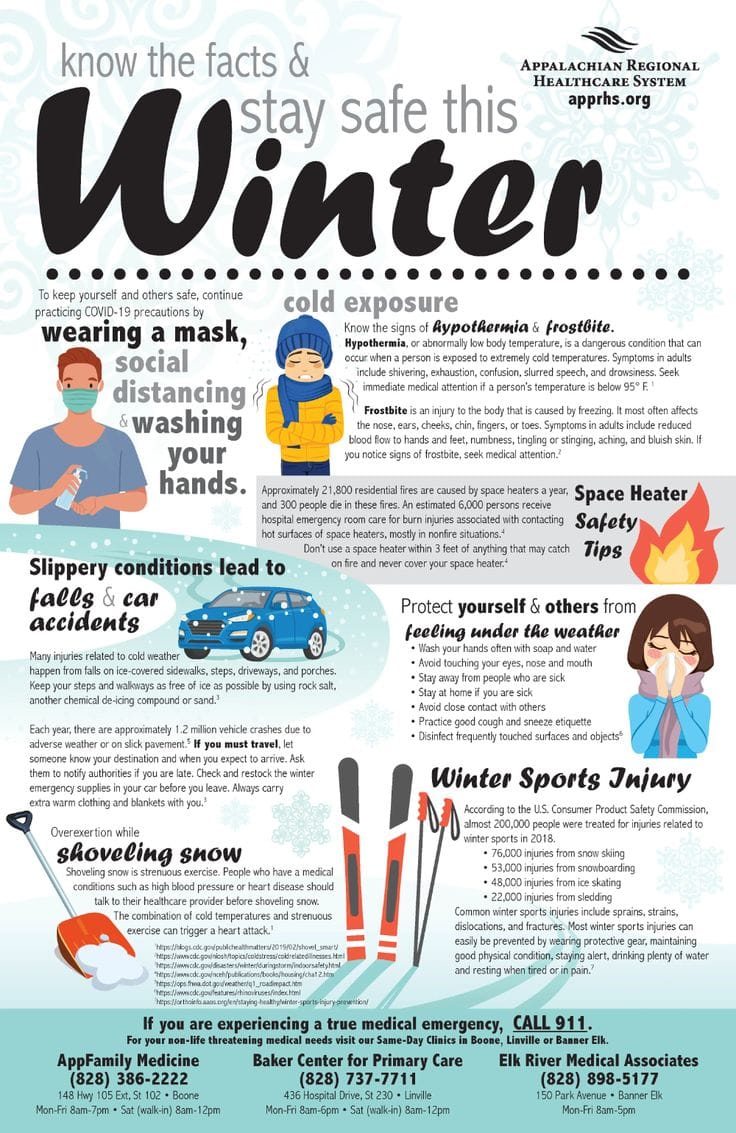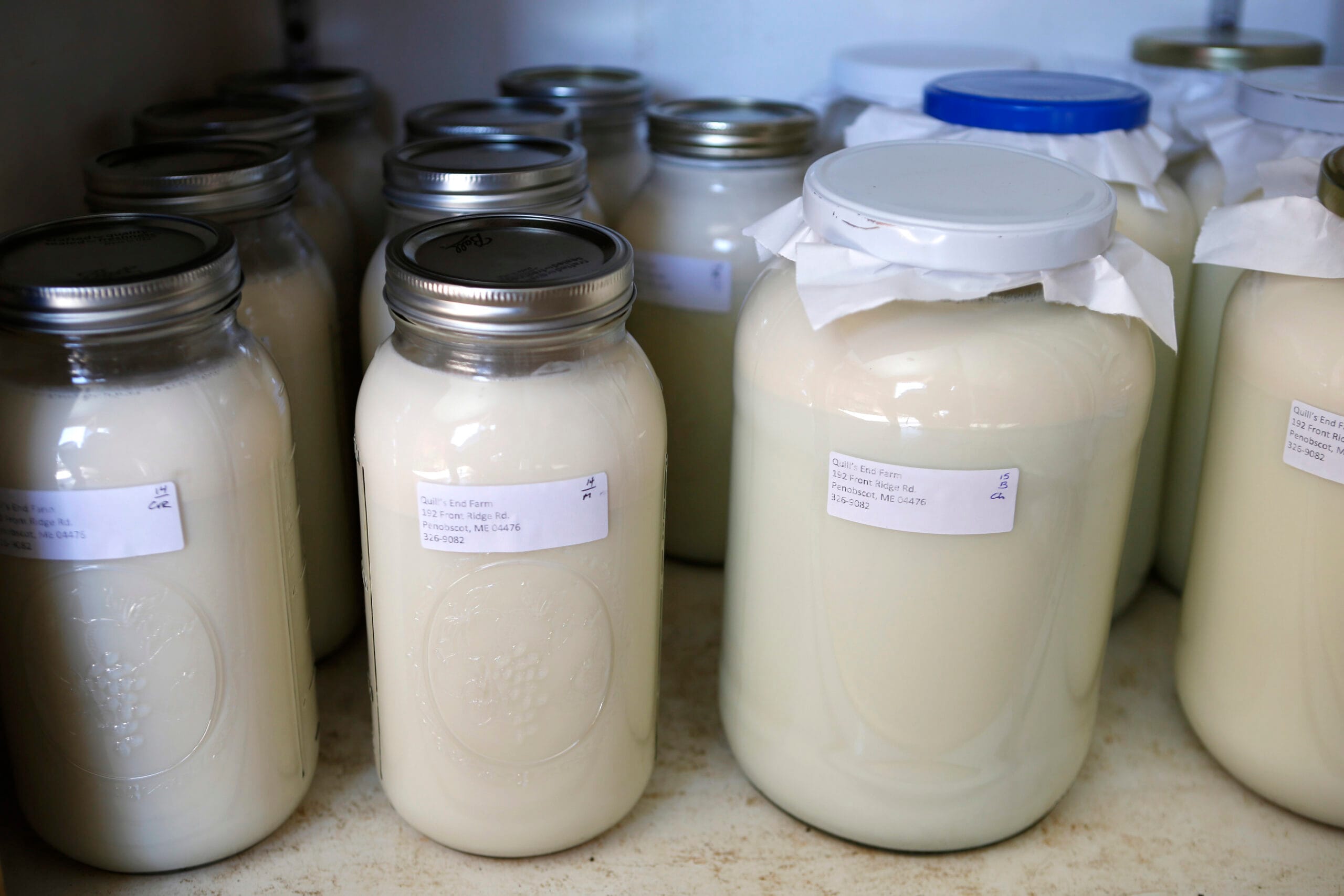Authorities in suburban Cincinnati are currently investigating a troubling situation involving the deaths of numerous birds in the area, with avian influenza being a leading suspect. The local wildlife agency has received reports from residents regarding clusters of dead birds found in various neighborhoods, raising alarms about the potential spread of the virus. This investigation comes amid heightened awareness of avian influenza, a disease that has affected bird populations globally and poses risks to both wildlife and domestic birds.
The first reports of dead birds surfaced in late October, with residents noticing the unusual number of deceased birds in their yards and public spaces. Concerned community members contacted local wildlife officials, who promptly began to investigate the situation. Initial assessments suggest that the deaths may be linked to avian influenza, a highly contagious virus that primarily affects birds but can also infect other animals and, in rare cases, humans.
In response to the reports, the Ohio Department of Natural Resources (ODNR) has taken a proactive approach by collecting samples from the deceased birds for testing. The agency is working closely with the U.S. Department of Agriculture (USDA) and other relevant organizations to confirm whether avian influenza is indeed the cause of the deaths. The results of these tests are expected to be available within the coming days, and officials are urging the public to remain vigilant during this time.
Residents in the affected areas are being advised to take precautions. The ODNR has recommended that individuals refrain from handling sick or dead birds, as the virus can be transmitted through direct contact. Additionally, people are encouraged to report any sightings of sick or dead birds to local wildlife authorities, as this information is crucial for monitoring the situation and implementing appropriate measures.
Avian influenza, commonly referred to as bird flu, can manifest in various forms, with some strains being more pathogenic than others. The highly pathogenic avian influenza (HPAI) strains are particularly concerning due to their ability to spread rapidly among bird populations and their potential to cause significant mortality. While the risk of transmission to humans is low, certain strains have been known to infect humans, leading to serious health complications.
As the investigation unfolds, health officials are also reminding residents of the importance of biosecurity measures, especially for those who keep domestic birds. Proper hygiene practices, such as washing hands after handling birds and keeping domestic flocks away from wild birds, can help mitigate the risk of infection. Additionally, bird owners are encouraged to monitor their flocks for any signs of illness and to report any unusual deaths or symptoms to their veterinarians.
The potential impact of avian influenza on local wildlife and domestic poultry industries is a significant concern for both health officials and residents. The outbreak of the virus can lead to economic losses for poultry farmers, as infected flocks may require culling to prevent further spread. Moreover, the ecological implications of a widespread avian influenza outbreak could disrupt local ecosystems and affect the balance of wildlife populations.
In light of the ongoing investigation, local authorities are working to keep the public informed about the situation. Regular updates will be provided as new information becomes available, and community meetings may be scheduled to address residents’ concerns and answer questions. The cooperation of the public is essential in monitoring the health of local bird populations and preventing the spread of avian influenza.
As the investigation continues, residents are reminded to stay informed and adhere to guidelines provided by health officials. The situation serves as a reminder of the interconnectedness of wildlife health, public health, and the environment. By remaining vigilant and proactive, the community can help safeguard both its local wildlife and public health.



